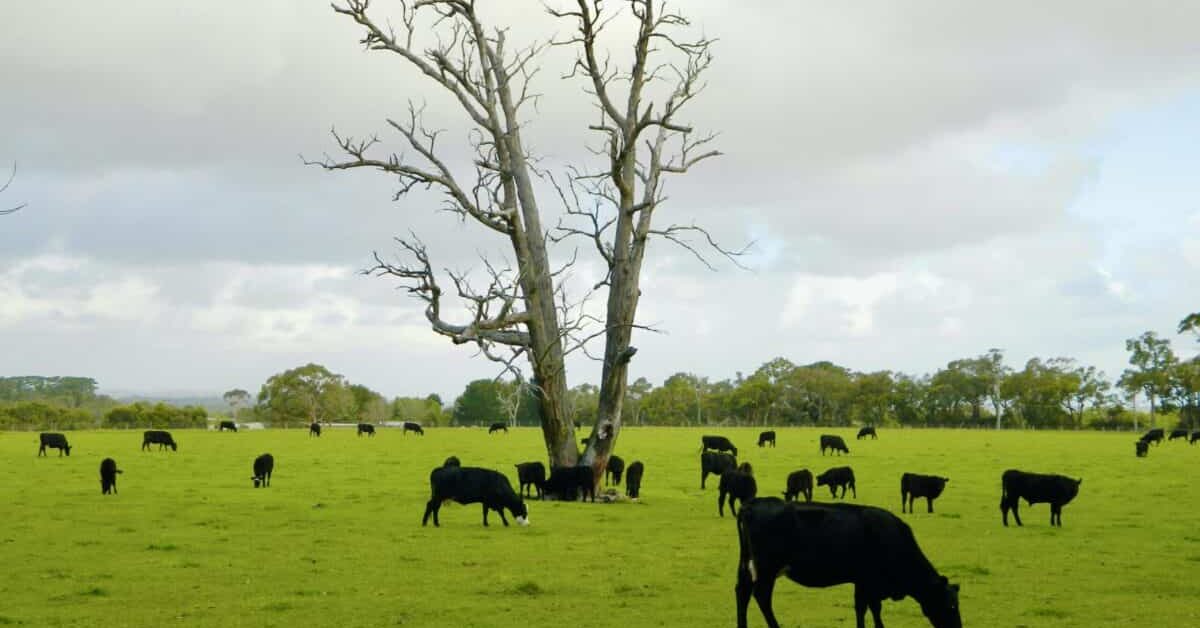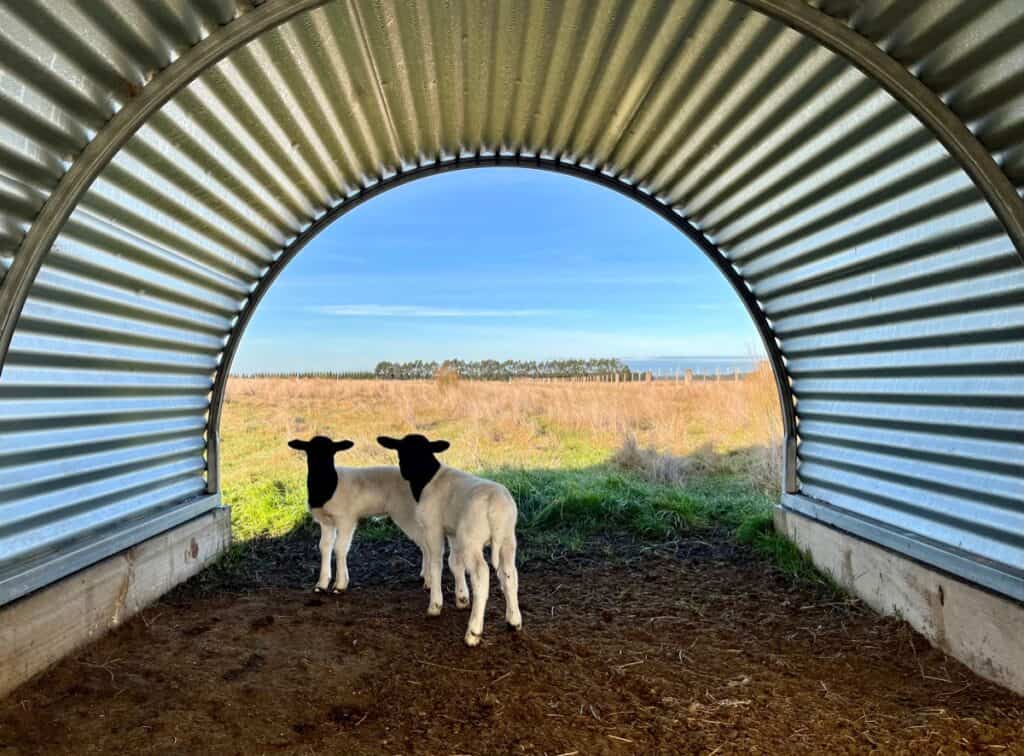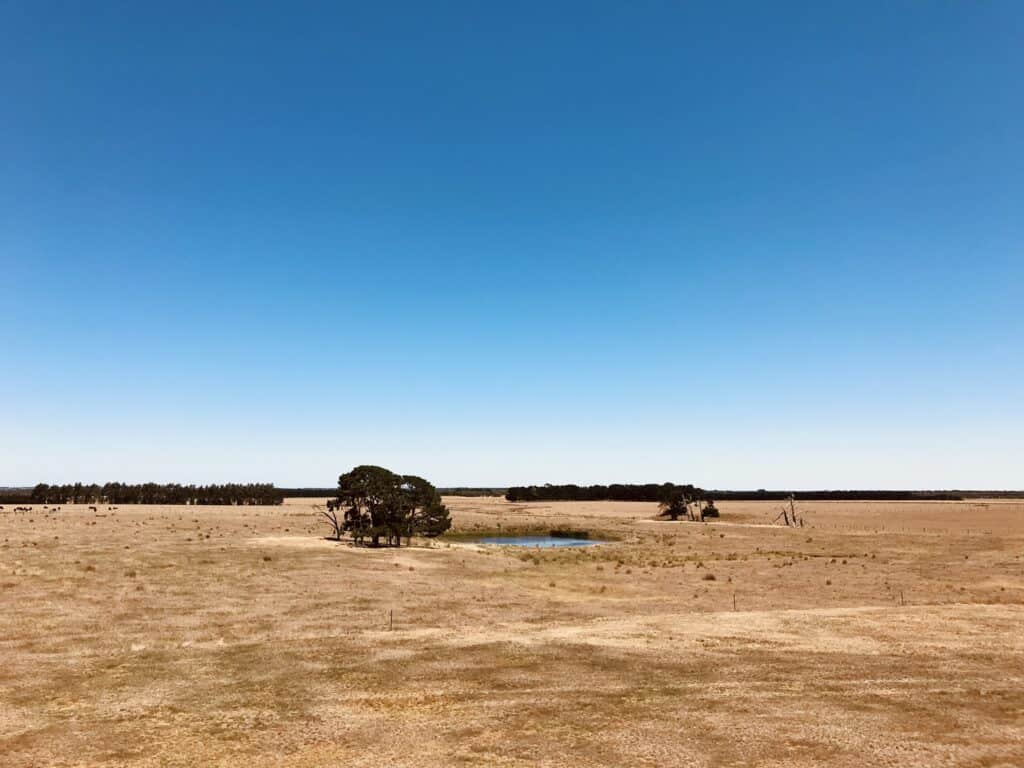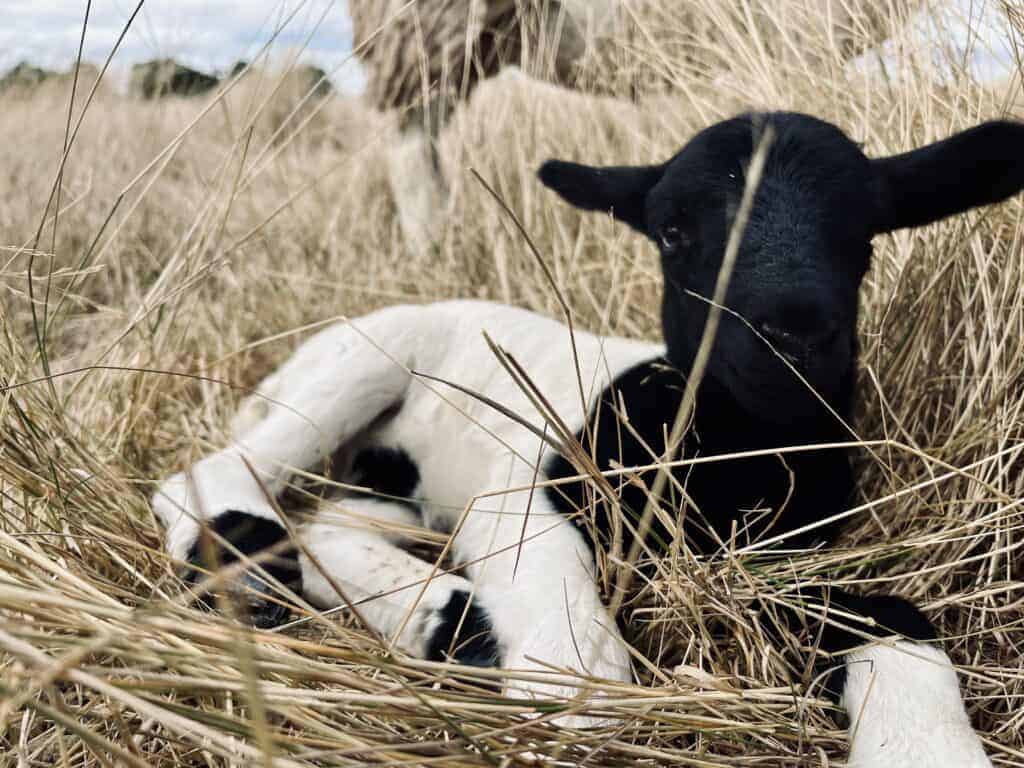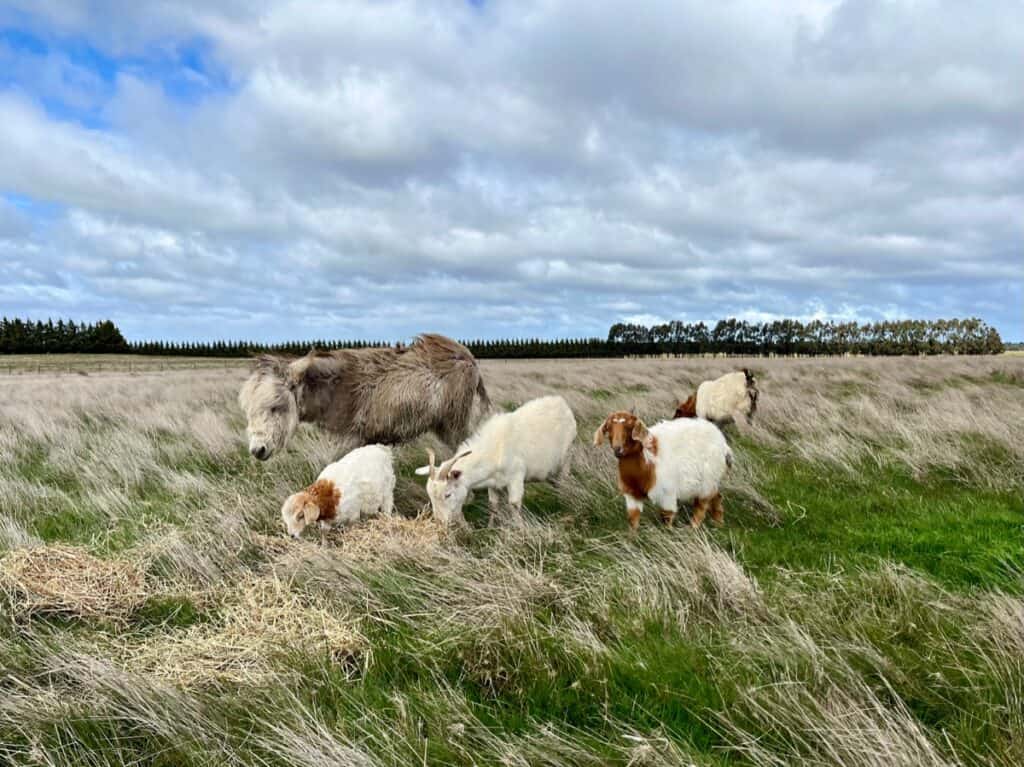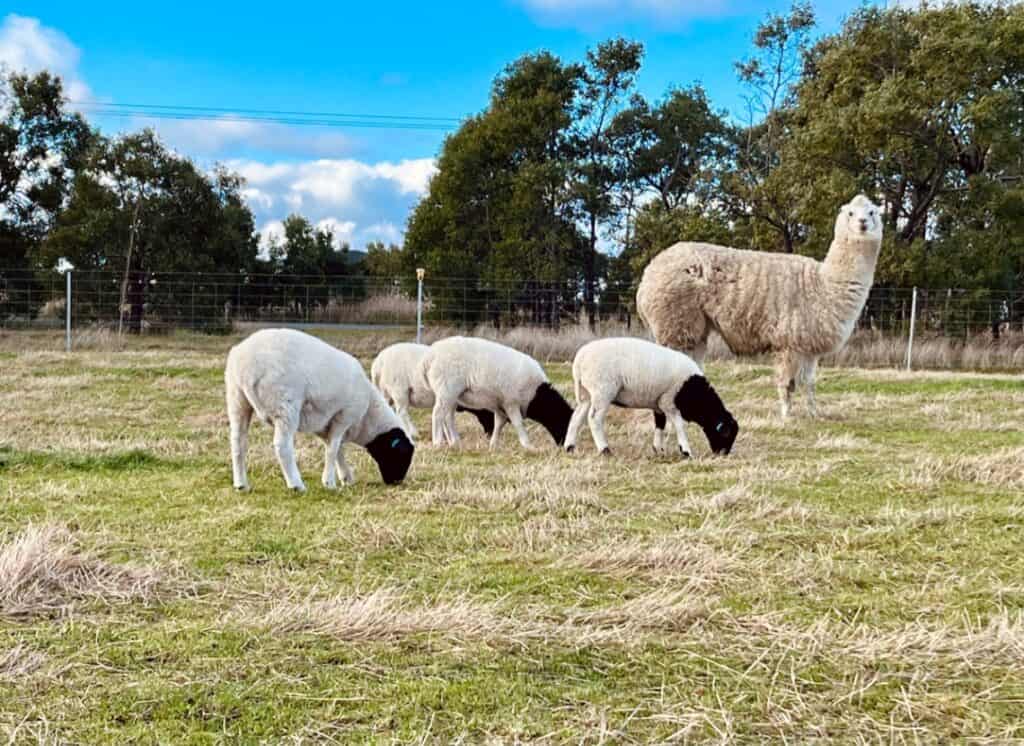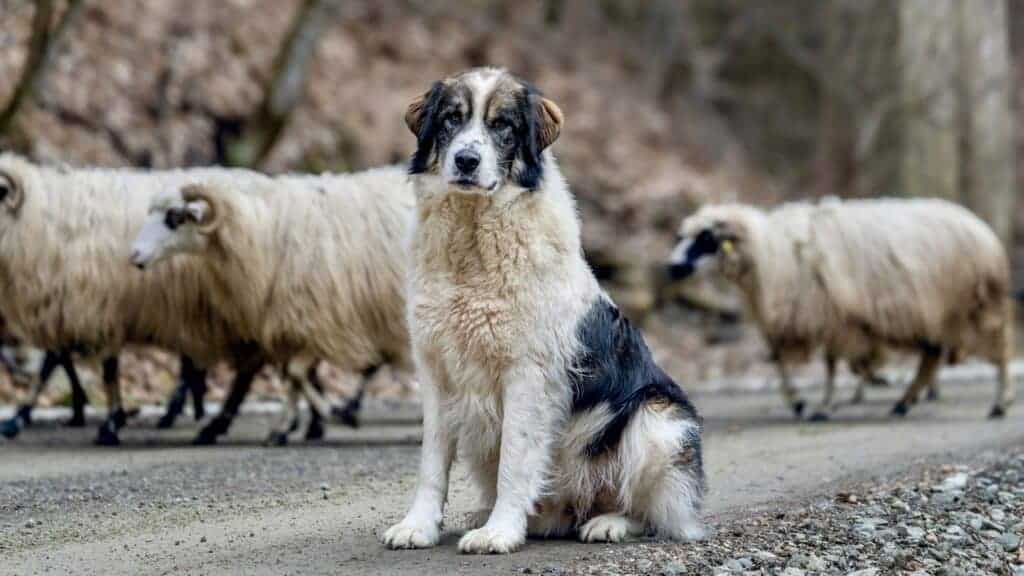Rotational grazing, the gold star method of pasture management, sees pasture divided into sections, known as paddocks. Livestock are grazed on each paddock in succession until the last paddock has been grazed. At which time the first paddock will have been rested allowing the pasture to regrow. The rotation then restarts from the first paddock.
In theory rotational grazing sounds simple, in reality for small farms and homesteaders with limited space and mixed stock it can seem like a challenge or an unfit model. Yet, it’s the smallest of farms that will benefit the most from implementing the rotational grazing practice.
Benefits of Rotational Grazing
A simple stock rotational practice can have numerous benefits to the quality and hygiene of your pastures and therefore you livestock.
Some of the benefits achieved through rotational grazing are:
- Reduced patch grazing leading to improved ground cover, minimised broad-leaf weeds and decreased annual grasses
- Reduced soil degradation through over grazing
- Reduce weed growth through short term trampling
- Improve pasture regrowth generally resulting in less sub-clover regrowth and greater grass dominance
- Reduce parasite soil contamination after pasture rest period
- Reduced financial outlay in drenches and medications
- Regular stock checking; improved animal husbandry
- Potential increase to stocking rates
Where to Start
You don’t need an elaborate setup to get started with rotational grazing; as long as you have at minimum two paddocks you can implement a basic rotational practice. Four paddocks or more is the ideal.
Fencing is costly, but temporary electric ribbon is a great way to divide your paddocks cost effectively. Of course the stock you carry will dictate the number of ribbon strands you’d require. Cattle are generally the easier of the livestock to contain with electric ribbon, while sheep, whose wool acts as an insulator to the electricity, can be a lost cause. In saying that all herds are different; some showing enough respect to a ramshackle of a fence to never test its legitimacy.
When getting started use portable water troughs that can be rotated through the paddocks with the stock or a trough that can provide drinking access from multiple paddocks simultaneously. Again, this will keep cost down and also gives you flexibility to manage and adapt to your land especially across different seasons.
How Long in Each Paddock
There are a few things to consider when deciding how long stock should reside in a paddock before moving them on.
The first is obviously the availability of food. How long will the food last?
The second is how long do you need to rest the paddocks that are currently not in use.
At a minimum you would want a paddock to rest for six weeks to regenerate pasture. This timeframe will be climate driven, in the heights of summer and the depth of winter pasture may take longer to regenerate, while in peak growing season you may see a faster turnaround.
If you are assessing the rest period based on paddock contamination from parasite larvae or bacteria then the rest period needs to be substantially longer. Larvae from some parasite species can survive exposed on the soil for six months or more. Again this can be climate driven. Consistent hot temperatures (35°C and above) exhaust larvae energy and hasten death, while temperatures over 40°C will quickly desiccate some larvae. With this being said 90% of larvae left on the soil will die within 2 to 6 months.
Short grazing periods followed by long rest periods is the best way to combat the risk of internal parasites in your stock.
Below i have outlined the standard practice using a four-paddock rotation practice:

When You Should Not Use Rotational Grazing
Avoid rotating livestock during birthing periods, especially if rearing sheep and goats. Lamb and kid losses through mis-mothering can be higher if rotational grazing is continued during lambing or kidding. Ewe’s and doe’s can become disoriented when moved from the paddock they gave birth and can show less or no interest in caring for their offspring.
It is best to conduct the entire birthing period in a single paddock; moving stock on when the offspring are 4 to 6 weeks old. If space allows, you could consider the use of a paddock specifically for lambing or kidding; helping ensure paddock contamination is at its lowest before birthing begins.
Successional or Multi-Species Grazing
Homesteaders and farms striving for self-sufficiency often have the added complication of running multiple stock species. In practicing rotational grazing there is an opportunity to utilise these varied species to your benefit.

There are some internal parasites and bacterial diseases that are shared between our cloven-hoofed friends, however, there are also a large number that are not. What this means is a cow which ingests the eggs or larvae of a sheep specific parasite does not provide a habitable environment for the parasite to thrive. Therefore, the living larvae ingested by the cow is excreted dead.
In a successional or multi-species grazing practice different species move through the paddock rotation in succession as a means to ‘clean’ the pasture.
For example:

As a result the pasture has a greatly reduced contamination risk when sheep next re-graze the paddock and the diversified dung will promote pasture regrowth.
Silverholmes Rotational Grazing Practice
We took a slowly but surely approach to our implementation of rotational grazing at Silverholme. When we first moved to the property we had no internal fences and the perimeter fence of the property was hardly holding up, we had sheep strolling wherever they saw fit. Herding our flock back home became a regular chore.
Skipping forward to now, we have four paddocks for rotational grazing, with plans for a fifth in the future. Given we run mixed species we use succession grazing practices. The sheep and goats will move to the new paddock first, followed by the cattle, then the donkeys are routed through last to help clean the pasture.
Our pastures get a decent rest period and grow rapidly plus the incidents of our stock needing to be treated for parasites has reduced to near nothing…so has our medical expenditure.
Implementing rotational grazing may seem like a challenge at first, however in our experience the benefits have made the effort worth it.
Share
